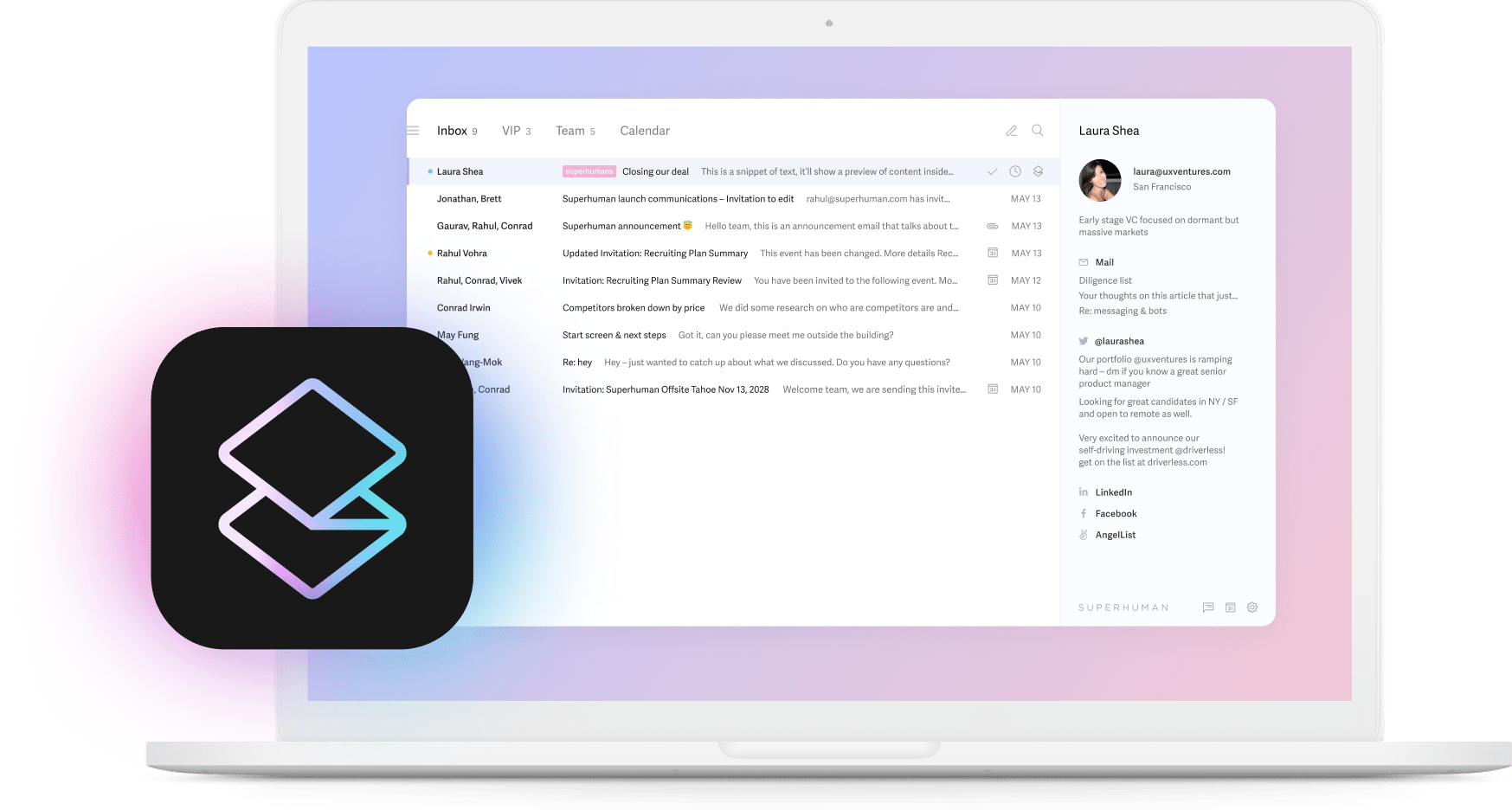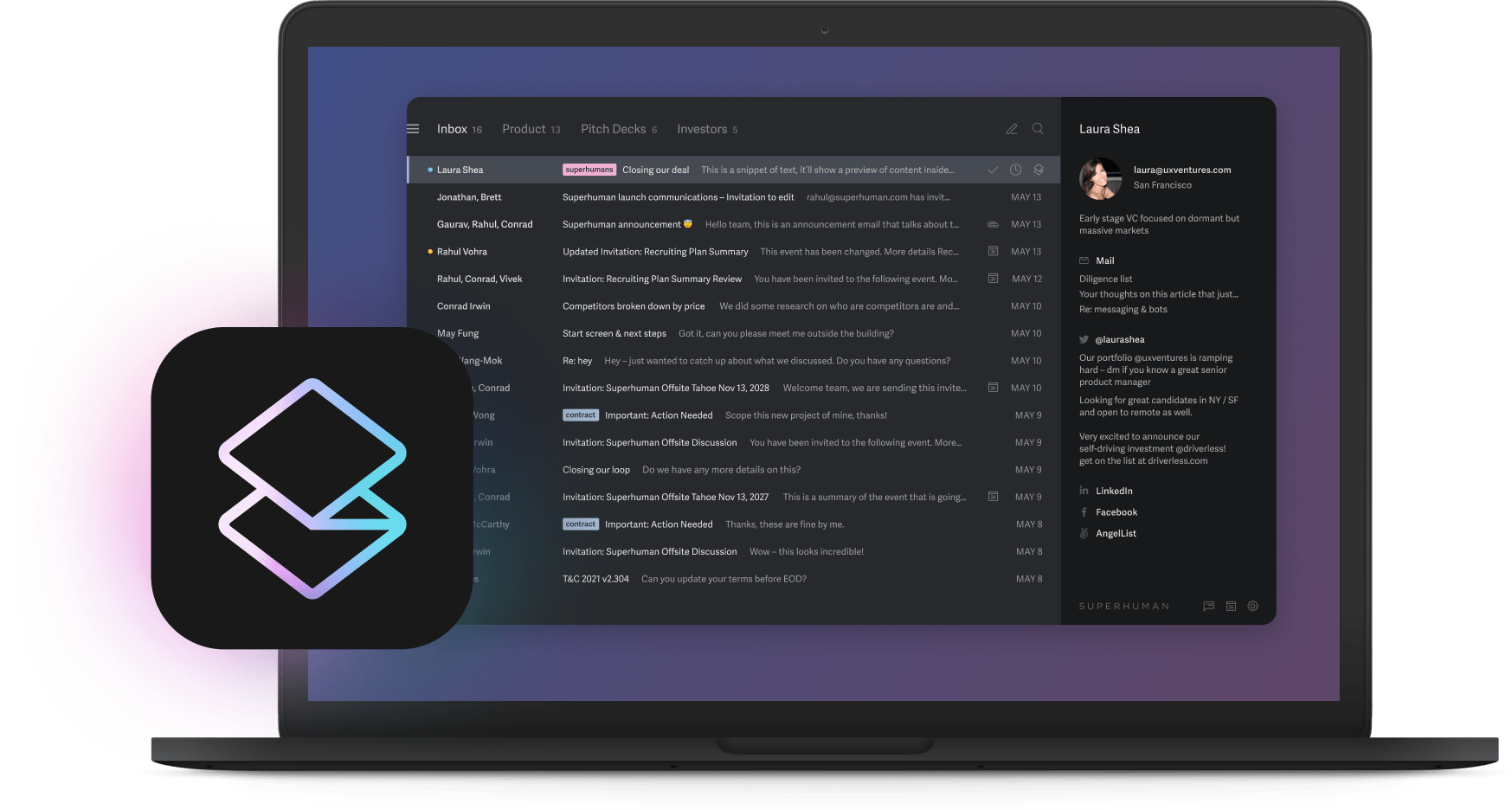
Say you're reading this on a web browser with a dozen other tabs open. But, ding, you just got that urgent email you've been waiting on.
Now, you could queue up your inbox with your mouse or trackpad. But if you hunt for it in your flurry of tabs, you run the risk of falling down a rabbit hole that may involve re-browsing the web for turmeric-forward dinner recipes, which re-triggers a memory that causes you to suddenly find yourself on LinkedIn, where you can't help but re-check if your ex got that promotion.
No matter the roadblock, mouse use isn't only distracting. It also involves a lot of cumbersome clicking around, costing seconds that snowball into days of wasted time over the course of a calendar year.
But there's an alternative method to pulling up your email: one you've likely employed before. Instead of reaching for the mouse, you could type out the keyboard command that opens an extra tab. Or the one that opens a new window. Or use the one that lets you rifle through your existing open tabs without the threat of clicking on anything extraneous. Regardless, your fingers stay on the keys, keeping you focused on the task at hand.
We're talking, of course, about keyboard shortcuts. And they go beyond copy and paste. Follow along for everything you need to know about how typists can be more productive than clickers, along with an email-specific solution that uses the keyboard to help you blaze through your inbox in record speed.
What are keyboard shortcuts?
Keyboard "shortcuts" (called that because they get you where you need to be quicker), are the use of keystroke combinations to perform tasks on your computer, in lieu of using a mouse or trackpad. You've likely used them to, say, italicize text in a word processor (Cmd+I for Mac, Ctrl+I for Windows). But their full scope is boundless — there are shortcuts for everything from liking a tweet to buying cryptocurrency.
Why not just use the mouse?
Rest assured: there's always a time and place for clicking. And if you've built a blissful life while forgoing shortcuts, we're not here to mouse-bash. Not everyone is a great typist, and you may find moving your cursor around to be a more deliberate way to get things done. It's also frustrating to mistype a command and accidentally perform the wrong task, like exiting a document instead of saving it.
Plus, reaping the full benefits of keyboard shortcuts requires a bit of memorization, meaning there's a steeper learning curve that may be frustrating at first.
Benefits of keyboard shortcuts
That said, with a little effort on the front end, keyboard shortcuts can quickly become second nature. Here's why that's worthwhile:
Keyboards save time — lots of it
While you'll quickly plateau with how fast you can make your mouse go, there's no real limit to keyboard speed once you have enough commands committed to memory. And even the most mundane example shows how much time you can save.
Think about cutting and pasting a block of text. With a mouse, you find your cursor, move your cursor to the text, click and drag to highlight it, right click, click "cut" to pluck it from where it was, toggle to where you want it to go, right click again, then click "paste" to finish things off.
Or, you can highlight text with the shift and arrow keys function, and use the cut and paste commands — four keystrokes total — to complete the task.
Notice the difference?
A developer named Bruno Michels found you save up to five seconds every time you cut-and-paste with the keyboard instead of mouse or trackpad.
But that's not all he found. After measuring the time saved performing other common keyboard shortcuts, he created a formula to determine what it all adds up to over a year. He found that people can expect to waste about 134 hours, or 17 work days, if they work with the mouse instead of the keyboard. That's almost a full month of work!
Increased focus
Using a mouse means constantly averting your concentration away from a keyboard, where most of the deep work, like writing or coding, is primarily done.
If you have to look up to see where the cursor is, or click through a bunch of scattered applications to find the one you're looking for, you're task-switching, which drains concentration and costs time. You're also frequently getting distracted, and it can take a while to refocus.
With keyboard shortcuts, you're keeping your fingers where they're most productive, without missing a beat.
Easier to use
Once you've committed the shortcut to memory, it's normally much easier to use than its clickable alternative. Think about how often you've used a mouse to click and drag an entire document of text since you learned the select-all function. Or how often you've scrolled through an article to find a specific word, when you can just search for it with the "find" shortcut command.
Excessive mouse use can harm your joints
If you're clicking around with a mouse all day, you're at a higher risk of inflammation in the tendons of your wrist. Constantly reaching for and pressing your mouse can also lead to a repetitive stress injury known as computer elbow, which can cause muscle pain.
Precision
For any part of your job that requires writing — be it words or code — the keyboard is often the more accurate way to go. With a mouse, you run the higher risk of leaving out a line of text that you meant to highlight, for instance. Since writing is done by keyboard, computer commands summoned from the same place tend to be more precise.
Helpful keyboard shortcuts you should know
Now that we've waxed poetic about keyboard shortcuts, here's a handy cheat sheet of the most helpful ones to keep in mind:
Three power-user tips for an added speed boost
You've likely heard of at least some, probably most, of the above commands. But here are a few extra lesser known workarounds that can also be pleasant time-savers:
- Opening your downloads page. If you recently downloaded a file on Google Chrome, but can't find where exactly it went, "Cmd + Shift + J" will pull up your downloads on Mac, "Ctrl + J" on Windows.
- View adjacent tabs. If you want to open a tab next to your current one, you can use the corresponding left or right arrow key along with "Alt + Cmd" on a Mac. For Windows, you hit "Ctrl + Tab" to view the tab on the right, or "Ctrl + 9" to view the previous one.
- Adding a CC recipient in Gmail. Instead of clicking the CC button to add a new contact, you can employ "Cmd + Shift + C" (for Mac) or "Ctrl + Shift + C" (for Windows) keystroke combo to instantly CC someone!
Keep in mind that for most of the common keyboard shortcuts, the "command" button on the Mac is analogous to the "control" button on Windows, with a few exceptions.
Using keyboard shortcuts to improve your email experience
Keyboard shortcuts can speed up your workflow for any software you use it for. That holds especially true with email, which can be a notorious time-suck for office workers.
With the right tool, you can streamline almost every action you need to take in your inbox using just the keypad. Things like replying-all, opening a link or attachment, archiving messages, and so much more.
With powerful email management software like Superhuman, you can even perform more advanced commands with your keyboard, outside the scope of conventional inbox platforms like Gmail or Microsoft Outlook.
Get started with SuperhumanFor instance, you can split your inbox so that you're only dealing with one batch of relevant messages at a time. You can snooze messages you temporarily don't want to deal with. You can even schedule messages to go through at a later, designated time — all without any clicking.
Superhuman has more than 50 keyboard shortcuts, available on a PDF here. Let's take a closer look at a few favorites:
Snippets
Ever have to email similar questions to a group of separate people, in a way that feels personalized to them? What about answering similar versions of the same question — do you find yourself using the same turn of phrase over and over again to respond to pitch proposals, introductions, or messages from recruiters?
Enter Snippets. Superhuman lets you add pre-written templates into your workflow. Instead of typing the same phrases repeatedly, or fumbling through your notes app to copy and paste the block of text, the perfect words are a keyboard shortcut away from appearing in your message draft.
You can have different Snippets for different use cases. They can include attachments, and even add people you commonly CC on emails.
Get started with SuperhumanClearing your backlog
There are some emails you've likely held onto for far too long. But if they're past a week old, what are the chances you actually reply to them?
And if you never address the message, it has little use clogging up real estate in your inbox — especially since our brains are wired to remember unfinished tasks better than finished ones.
The fix? Get rid of the email! Along with all others that are past their use-by date. If you archive impertinent messages, you'll be closer to Inbox Zero and have more focus to give the tasks that matter.
Mass archiving emails is fast and easy with Superhuman's Select All from Here. You can use keyboard commands to select every message in your backlog, choose to clear them, and then mark done.
Set reminders
Circling back, touching base, following up. No matter your parlance of choice, sometimes your contacts could use a little nudge to make sure they saw your message. With Superhuman, you can use your keyboard to remind you to follow up on any messages, any day you want.
Getting the most out of your keyboard with Superhuman
We've only scratched the surface of the laundry list of keyboard shortcuts Superhuman puts at your literal fingertips. No matter your use case, there's an email hack you can type out to rev up your workflow. Plus, with Snippets, you can customize your own workarounds for mouse-heavy actions.
Users can also visit Superhuman's command palette (which, yes, has its own keyboard shortcut) to learn about every useful keystroke combination.
Ready to ditch the mouse for the keyboard and free up another month of your work life?






